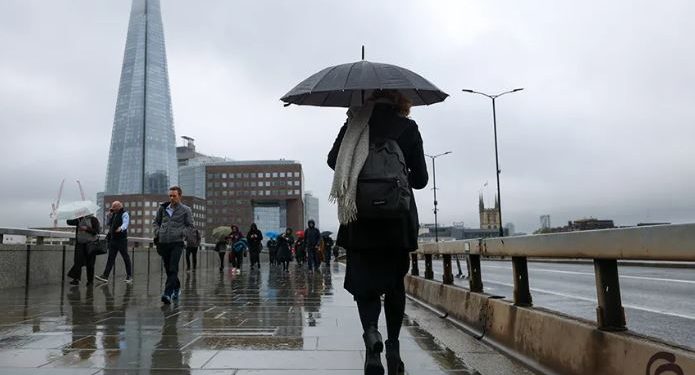According to data released by the Office for National Statistics (ONS), the United Kingdom’s inflation rate fell to 3.4% year-on-year (y/y) in February, down from 4.0% in January. This marks the lowest level since September 2021 when it stood at 3.1%. The inflation figure was also below market expectations of 3.5%.
Analysts attribute the decline in inflation to various factors including slower increases in food prices (5.0% y/y compared to 6.9% y/y in January) and core inflation (4.5% y/y compared to 5.1% y/y in January). This deceleration is believed to be influenced by reduced consumer demand, lower energy prices, and weak economic activities amidst high borrowing costs. Similarly, month-on-month inflation moderated to 0.6% in February, down from 1.0% in January.
Looking ahead, analysts anticipate that inflation in the UK will continue its downward trajectory. Factors contributing to this forecast include favorable base effects from the previous year, low energy prices, and weak consumer demand due to high borrowing costs.
The Bank of England (BoE) has forecasted that the inflation rate will converge towards its 2.0% target in the second quarter of the year. This potential convergence may facilitate a rate reduction at the BoE’s May meeting, providing relief amidst the economic challenges posed by inflation.















